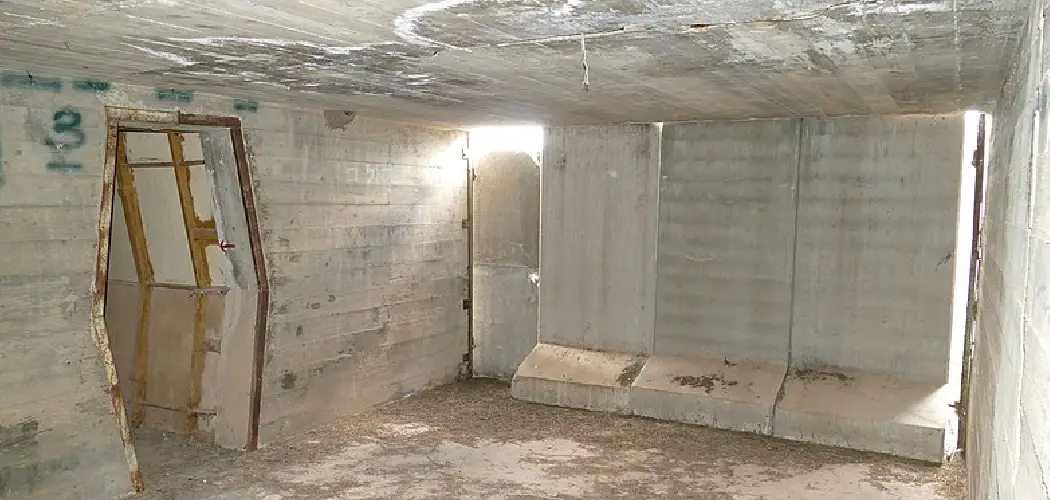Basements are prized for their ample storage space and the fact that they can be customized to fit various needs. However, basements are also susceptible to condensation, leading to mold growth and other problems. Fortunately, you can take a few simple steps to prevent condensation on your basement walls.
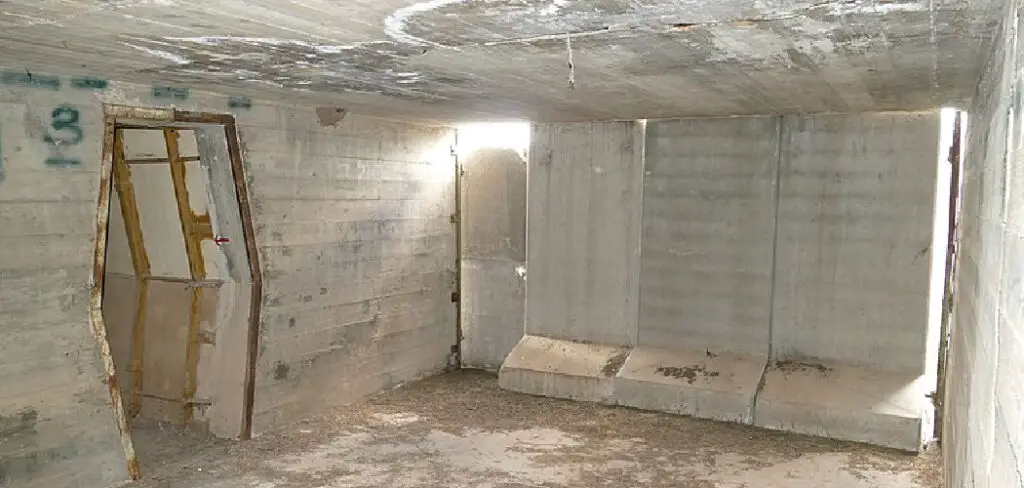
One of the most effective ways to prevent condensation is to improve the ventilation in your basement. If possible, install a window or vent fan to help circulate air and reduce moisture levels. You should also ensure that any cracks or gaps in your basement walls are sealed. This will help to prevent moisture from seeping into the wall cavity and causing condensation.
Finally, consider using a dehumidifier to dry the air in your basement. By taking these steps, you can help prevent condensation on your basement walls. In this blog post, you will learn in detail how to prevent condensation on basement walls.
What Causes Condensation on Basement Walls?
There are a few different things that can cause condensation on your basement walls. The most common culprit is high humidity levels in the air. Several things, including: can cause this
- Not running your furnace or air conditioner often enough
- Not having proper ventilation in your basement
- Having too much moisture in the air from cooking, showering, or laundry
Step-by-Step Processes for How to Prevent Condensation on Basement Walls
Step 1: Understand How Moisture Moves
It’s important first to understand how moisture moves. When water vapor in the air comes into contact with a cold surface, it condenses and turns into liquid water. The colder the surface, the more likely condensation will occur.
This is why you often see water droplets on a hot day outside a cold glass of water. The water vapor in the air condenses on the colder surface of the glass. The same principle applies to basement walls. If the wall’s temperature is below the dew point of the air (the temperature at which water vapor will condense), then you will get condensation on the wall.
Step 2: Check for Leaks
If your basement is leaking, that means moisture is already getting into your basement and the problem will only get worse. To check for leaks, start by looking at the exterior of your home. Look for any cracks or holes in the foundation. These can be sources of water infiltration.
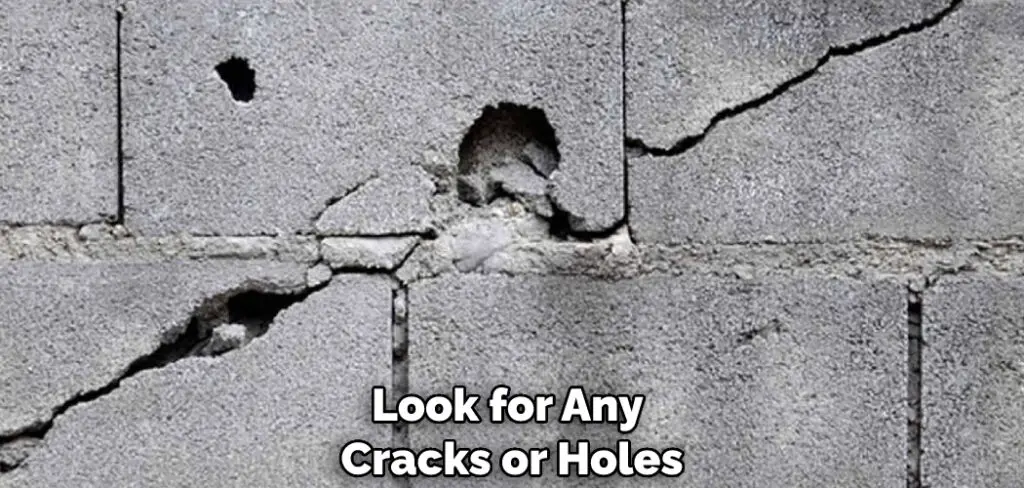
Next, head into the basement and look for any signs of water damage. This could include stains on the walls or floor, peeling paint, or mold growth. If you find any leaks, be sure to seal them up as soon as possible. This will help to prevent further moisture damage and will also help to reduce the amount of humidity in your basement.
Step 3: Install a Humidity Sensor
A humidity sensor will help you monitor the humidity level in your basement so that you can take steps to reduce it if necessary. There are various types of humidity sensors available on the market, so be sure to do your research to find one that will work best for your needs.
Step 4: Use a Dehumidifier
If the humidity in your basement is too high, using a dehumidifier can effectively reduce it. Dehumidifiers pull moisture out of the air and collect it in a reservoir.
Be sure to empty the reservoir regularly so the dehumidifier can continue working effectively. You may also want to consider using more than one dehumidifier in large basements or homes with multiple levels.
Step 5: Reduce Humidity at the Source
Sometimes, the humidity in your basement may come from an outside source. If this is the case, you will need to take steps to reduce the humidity at the source. One way to do this is to ensure that your gutters are clean and debris-free. This will allow water to flow freely away from your home and will reduce the amount of moisture that can seep into your basement.
Another way to reduce humidity at the source is to ventilate your basement properly. This can be done by opening windows or using a fan to circulate air.
Step 6: Insulate Your Basement Walls
Insulating your basement walls is another effective way to prevent condensation. When you insulate your basement, you create a barrier between the cold and warm air outside. This will help keep your basement warmer and reduce the amount of moisture that can condense on the walls.
Various types of insulation are available, so be sure to choose one that is right for your needs. Fiberglass insulation is a popular option for basement walls.
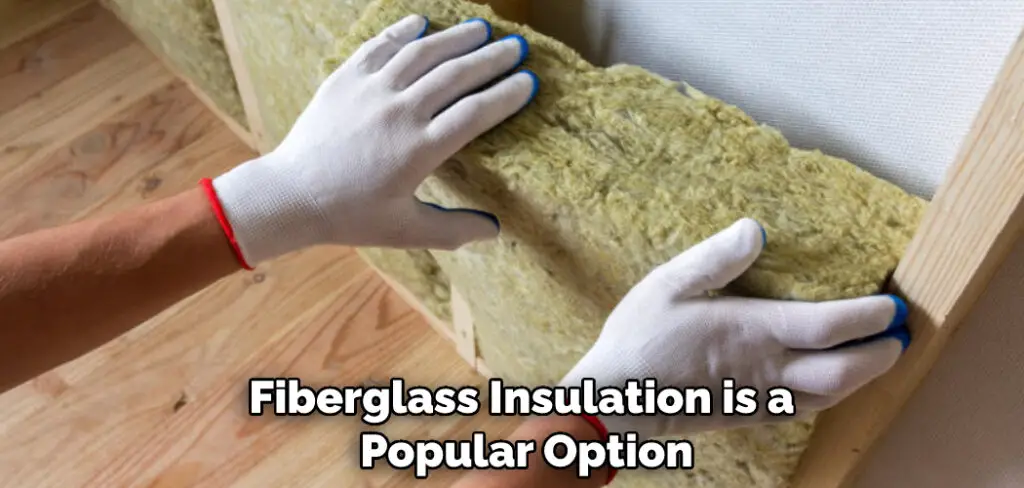
Step 7: Use a Humidistat
If you still have condensation on your basement walls, you may want to consider using a humidistat. A humidistat is a device that automatically turns on a dehumidifier when the humidity in the air reaches a certain level.
This can be a helpful way to keep the humidity in your basement under control and to prevent condensation from occurring.
Step 8: Contact a Professional
If you have tried all of the above steps and you are still having problems with condensation on your basement walls, it may be time to contact a professional. A professional can assess the situation and recommend the best course of action.
Tips for How to Prevent Condensation on Basement Walls
- Keep the humidity low in your basement by using a dehumidifier, and Ventilate your basement by opening windows or using an exhaust fan.
- Use a vapor barrier on walls and floors to prevent moisture from entering your basement, and Insulate your basement walls and ceilings to reduce the risk of condensation.
- Seal any cracks or holes in your basement walls and floors to prevent moisture from entering, and Keep the temperature in your basement warm since cold temperatures can cause condensation.
- Use a fan to circulate air around your basement to prevent the formation of condensation, and Make sure that any appliances in your basement are properly vented to the outside.
- Keep any storage areas in your basement clean and free of clutter, and do not hang wet clothes or towels in your basement since this can increase the humidity level.
- Use an exhaust fan when showering or cooking to prevent moisture from entering your basement. Do not run a car or motorcycle in your garage since this can add to the humidity level in your basement.
- Keep your gutters and downspouts clean and free of debris to prevent water from seeping into your basement and inspect your roof regularly for leaks and have any repairs made promptly.
- Have a professional waterproofing of your basement if it is prone to flooding or leaks.
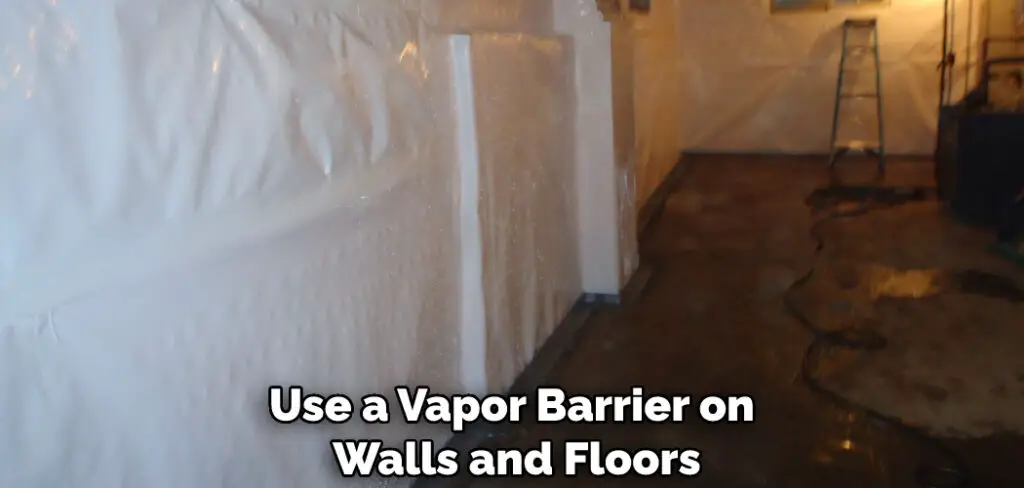
How Can You Prevent Condensation on Your Basement Walls?
There are a few key ways to prevent condensation on your basement walls:
- Improve ventilation by ensuring that your home has proper airflow. This can be accomplished by opening windows and doors regularly, using fans, and avoiding excessive moisture-generating activities like cooking and showering.
- Use a dehumidifier to reduce the amount of moisture in the air. This is especially important during humid months or if you live in a damp climate.
- Seal any cracks or holes in your walls to prevent moisture from entering.
- Insulate your basement walls to help regulate temperature and prevent condensation.
- Keep the humidity level in your home low, ideally between 30 and 50%. You can measure humidity levels with a hygrometer.
Following these tips can help prevent condensation on your basement walls and keep your home comfortable and dry.
Is It Necessary to Call Any Professional to Prevent Condensation on Basement Walls?
You’re not alone if you have a problem with condensation on your basement walls. Many homeowners face this issue, especially in damp or humid climates. The good news is that there are steps you can take to prevent condensation from occurring in the first place. You can keep your basement walls dry and free of any unwanted moisture by taking some simple measures.
One of the best ways to prevent condensation is to improve the ventilation in your basement. If there’s not enough air circulation, the moist air will settle on the cooler walls and create condensation. You can use a fan or dehumidifier to help circulate the air and keep the humidity levels low. In addition, make sure to open any windows or doors to allow fresh air to circulate.
If you’re still having problems with condensation, you may need to call in a professional. They can help identify the problem’s source and find a solution that will work for your home. You can prevent condensation from becoming a problem in your basement by taking some simple steps.
How Much Will It Cost to Prevent Condensation on Basement Walls?
The cost of preventing condensation on basement walls will vary depending on the size and type of your home and the climate. In general, however, you can expect to spend anywhere from a few hundred to a few thousand dollars on materials and labor. If you are worried about the cost of hiring a professional to help prevent condensation on your basement walls, there are a few things to keep in mind.
First, the cost will vary depending on your basement’s size and the problem’s severity. Second, you may be able to find discounts or coupons if you search online or ask around. Finally, remember that the cost of not addressing the problem could be much higher in the long run if your basement walls become damaged or moldy.
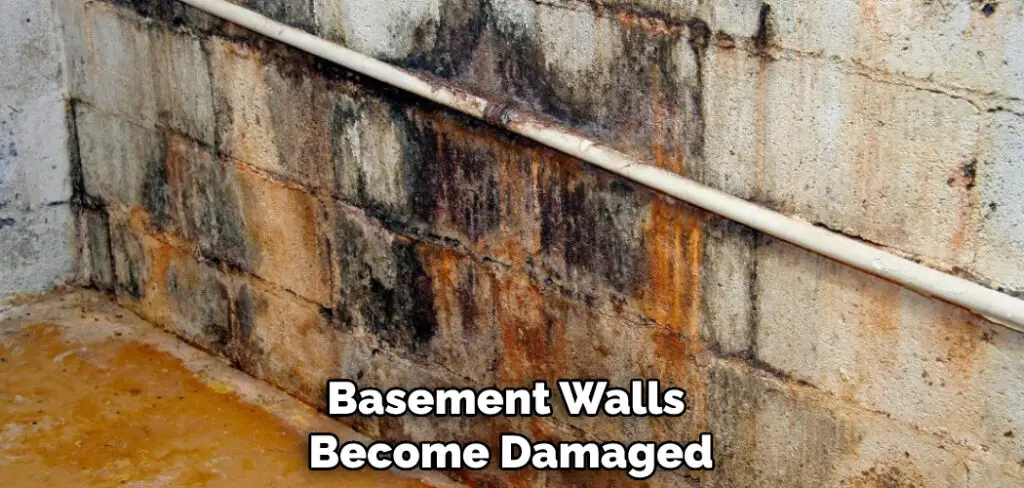
Conclusion
Preventing condensation on basement walls is important to keeping your basement dry and free of mold. You can do a few things to prevent condensation on basement walls. First, ensure the temperature in your basement is no lower than outside. Second, use a dehumidifier to remove moisture from the air. Third, seal any cracks or leaks in the walls or floor.
By following these simple tips, you can prevent condensation on basement walls and keep your basement dry and mold-free. I hope this article has been beneficial in learning how to prevent condensation on basement walls.

